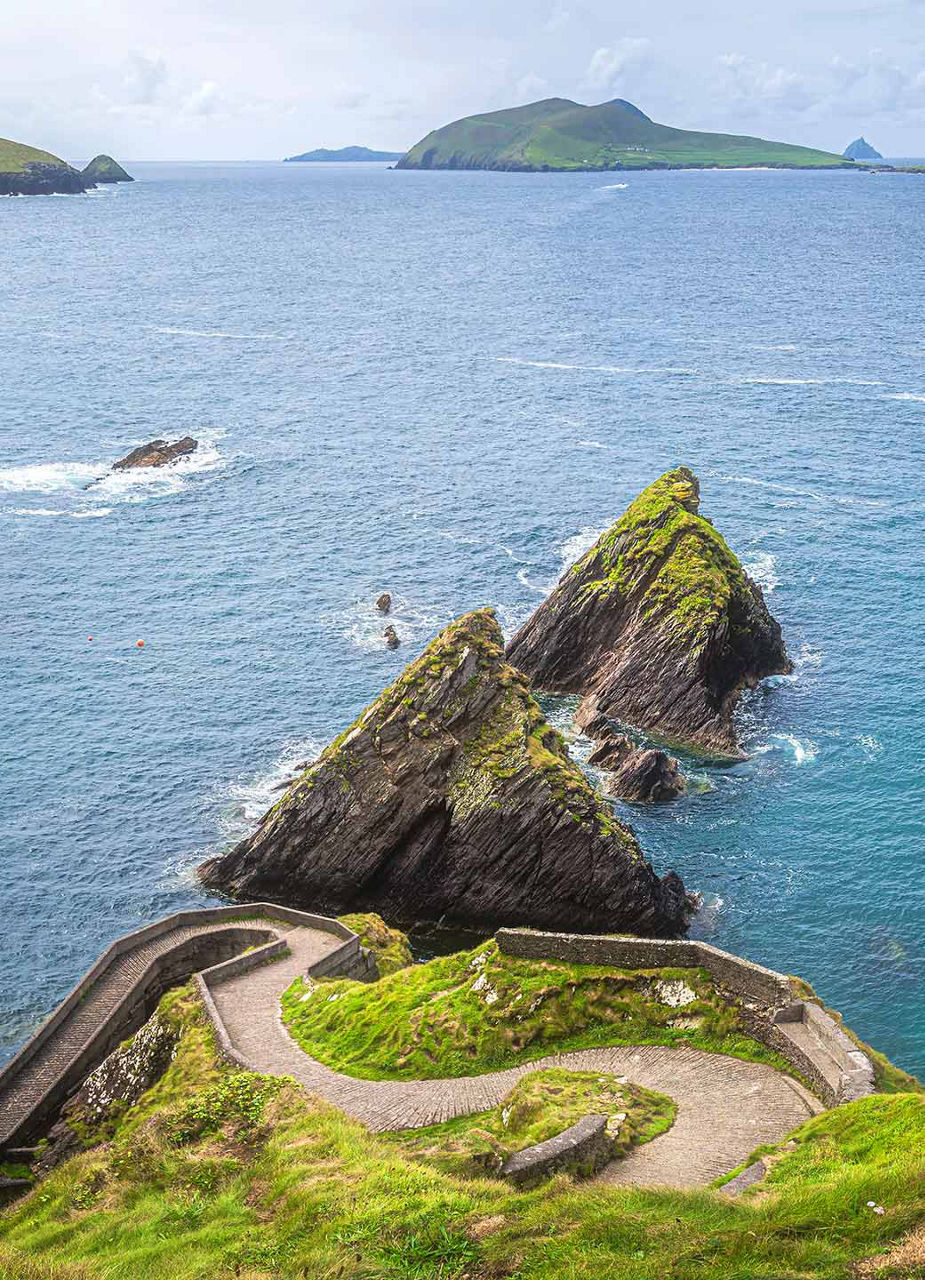
The Great Green Tour: The Best of Ireland
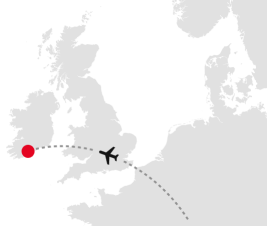
Cork’s airport is the ideal starting point for a road trip across Ireland in a rental car. There are plenty of destinations worth seeing – here’s an overview of the highlights.
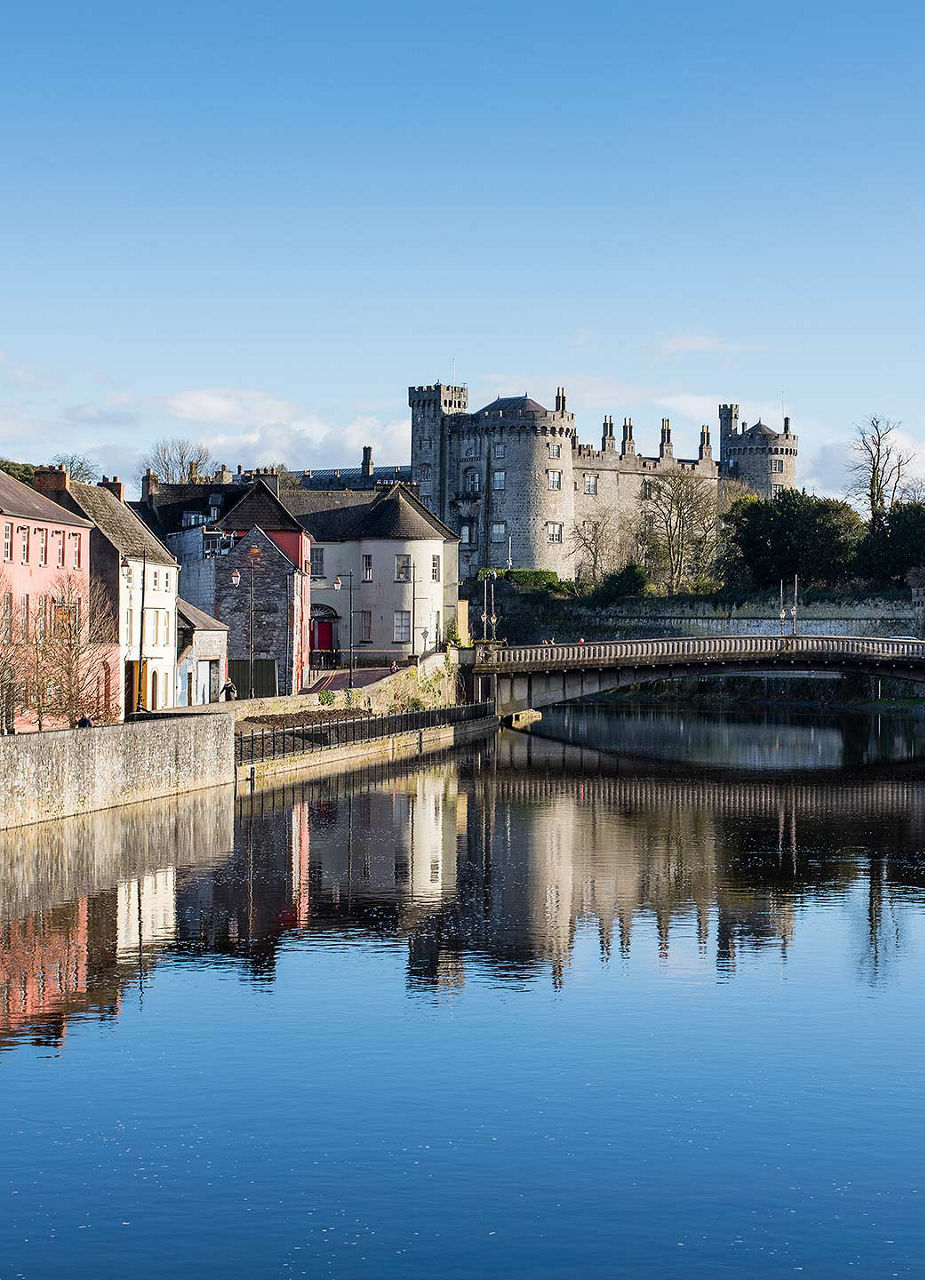
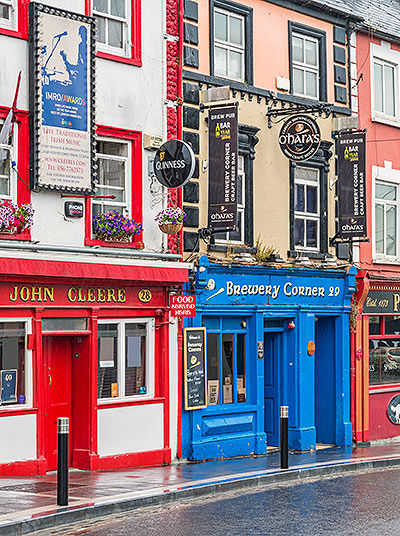
100 Per Cent Irish: Kilkenny
Two and a half hours northeast of Cork lies the medieval town of Kilkenny. This postcard-pretty town is typical for Ireland, making it the perfect first stop on your journey. Here, you’ll find winding alleys, traditional pubs, and a lively arts and crafts scene. Pottery, jewellery, and paintings dominate the offerings, with many small shops perfect for browsing. Also worth seeing: Kilkenny Castle, a majestic Norman castle with a huge park. Built between 1195 and 1213, the castle served to defend the surrounding trade routes and the ford across the Nore river.
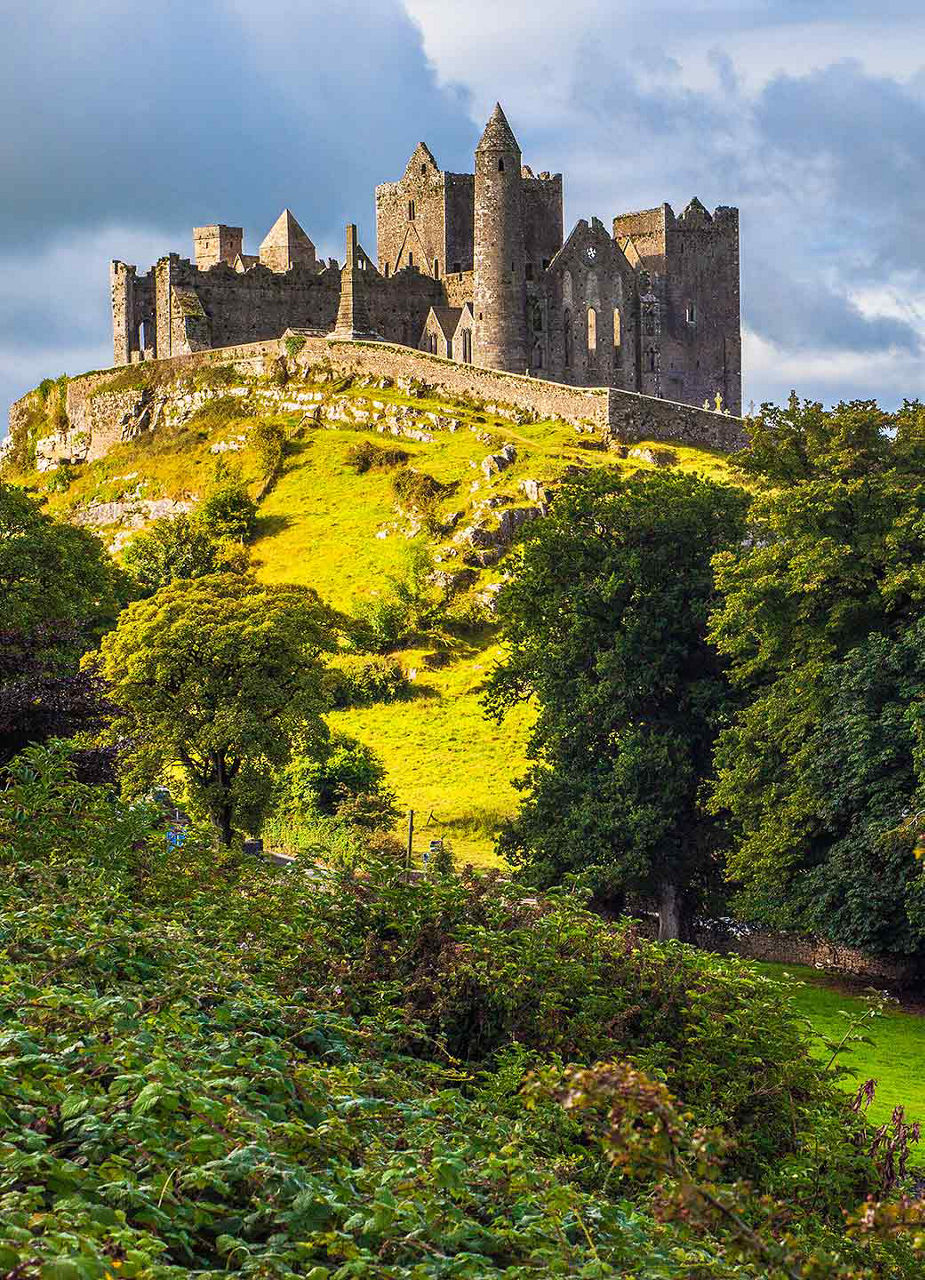
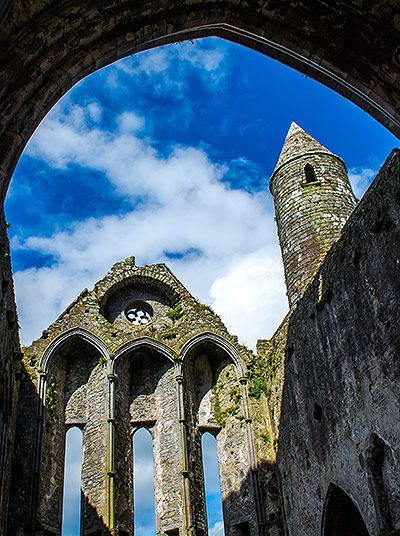
Spat out by the devil: Rock of Cashel
Your next destination is shrouded in legend: the devil is said to have bitten the Rock of Cashel out of the Slieve Bloom Mountains and then spat it out in disgust when he saw that Saint Patrick was building a church. At least that is what the legend tells us. Historically certain is that the Rock of Cashel was the residence of the kings of Munster in the 4th century and became a bishop’s residence in the 5th century. Perched on the 65-metre-high rock are the ruins of a gigantic castle whose oldest building, a well-preserved round tower, has stood for over 1,000 years. This mystical site offers something for everyone – not just history buffs!
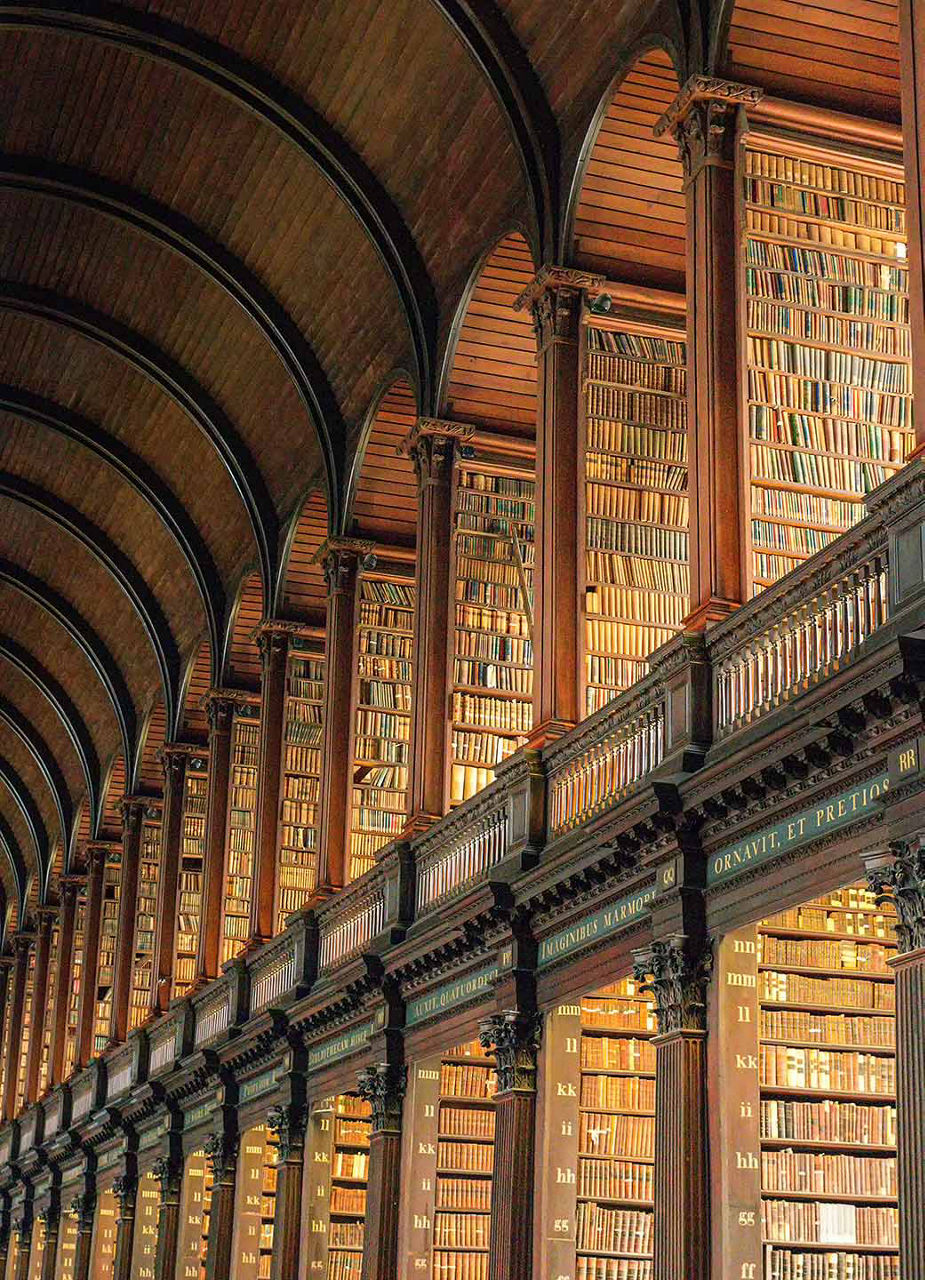

Churches, Pubs, Prisons: Sightseeing in Dublin
Ireland is famous for its beautiful countryside – but you should really make sure to spend some time in the capital city. Take a stroll through Dublin or take the Big Bus that offers Hop-on-Hop-off tours taking in many of the famous attractions. Depending on your interests, you could visit the venerable library at Trinity College, where Bram Stoker and Oscar Wilde once pored over books. Or stop by the Temple Bar, a pub that enjoys cult status. How about the creepy Kilmainham Gaol, a prison that’s been empty since 1924. Or the impressive St. Patrick’s Cathedral, whose foundation dates back to 1191. Or...
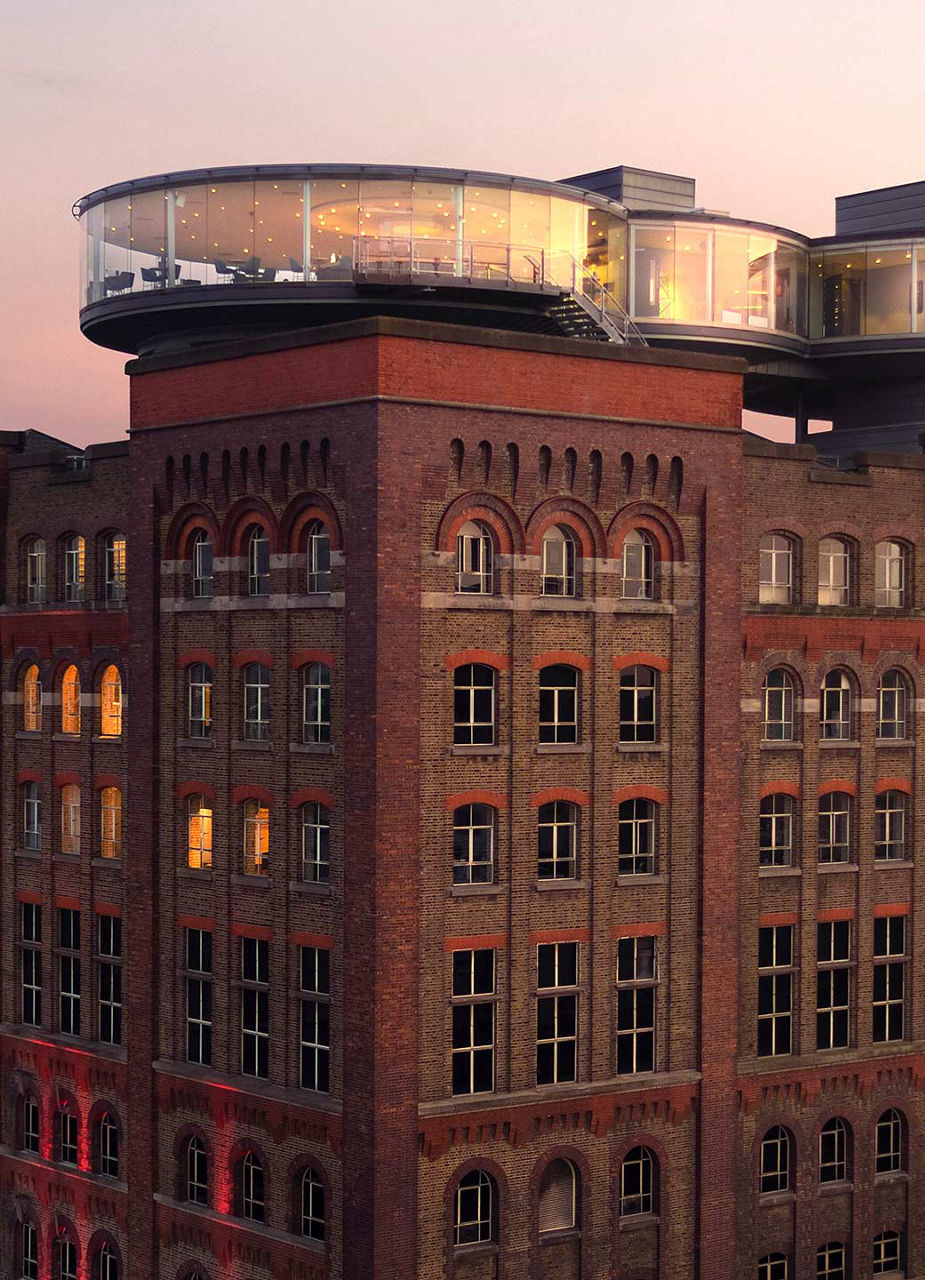
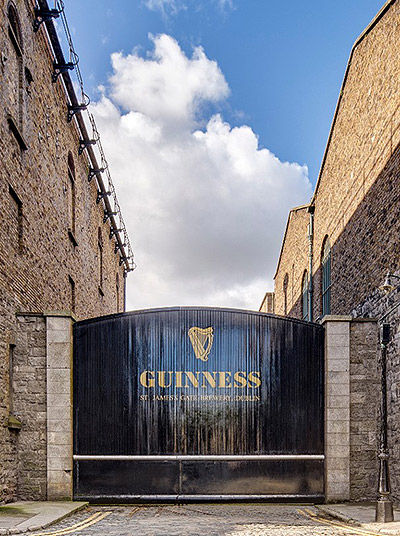
Irish Brewing Tradition: Guinness Storehouse
Besides Baileys liqueur and Kerrygold butter, Guinness, the dark beer with the creamy crown, is probably Ireland’s most popular export. The Guinness Brewery was founded by Arthur Guinness in 1759 at St. James’s Gate. Today, the Guinness Storehouse is located here, where you can learn all about the production and history of the world-famous Irish beer. Up on the seventh floor of the building is the Gravity Bar, where you can end your visit with a pint of Guinness – and now you’ll even understand what goes into brewing it. The spectacular view of Dublin is provided for free.
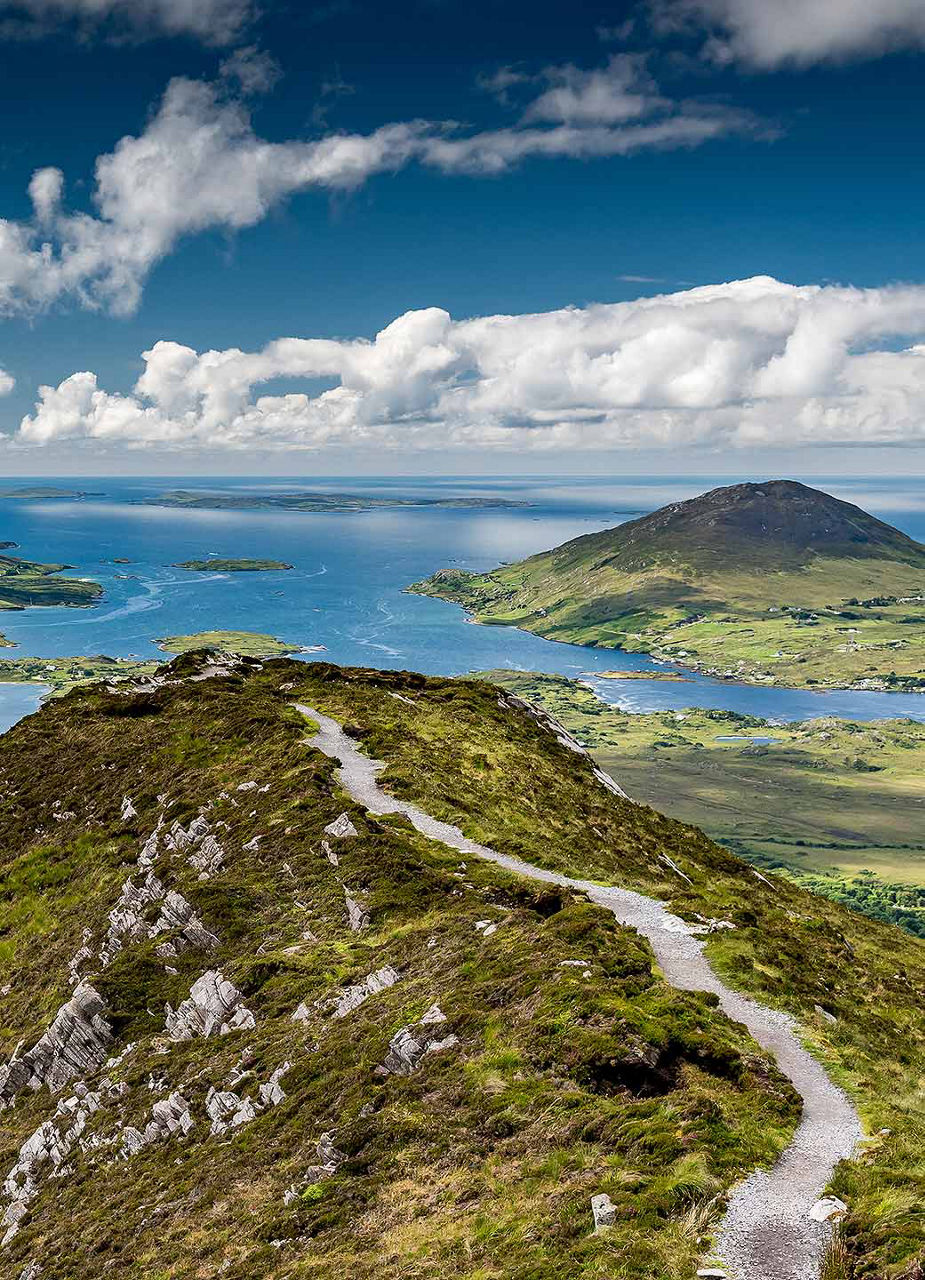
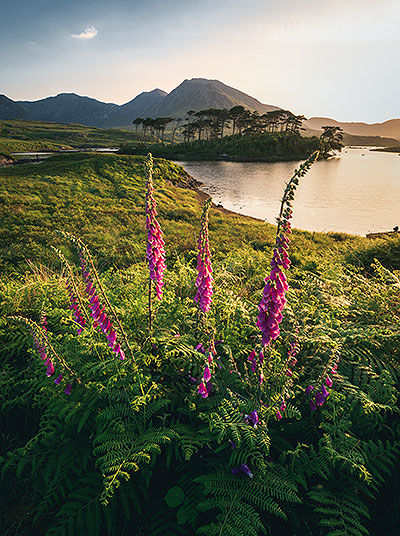
Hiking in the Wilderness: Connemara National Park
The longest leg of this road trip takes you across the island – from Dublin to Connemara National Park, 300 kilometres away on the west coast. Visitors can experience one of Ireland’s most beautiful scenic areas: rugged cliffs, secluded lakes, rolling hills, and vast grasslands. Three signposted hiking trails lead you through the park; displays provide information about the history, geology, flora and fauna of the region. The visitor centre also offers guided tours and activities for children in the summer months.
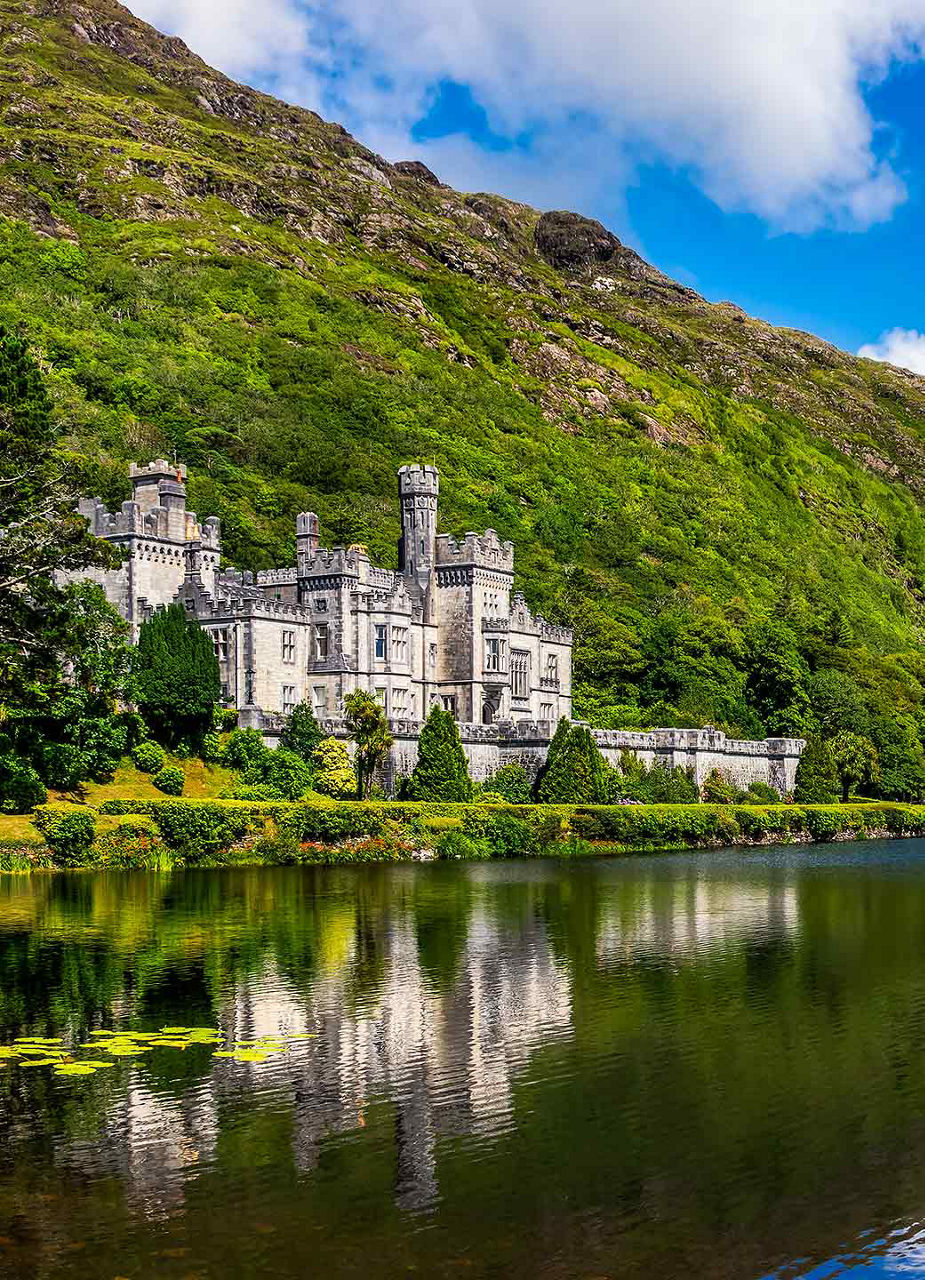
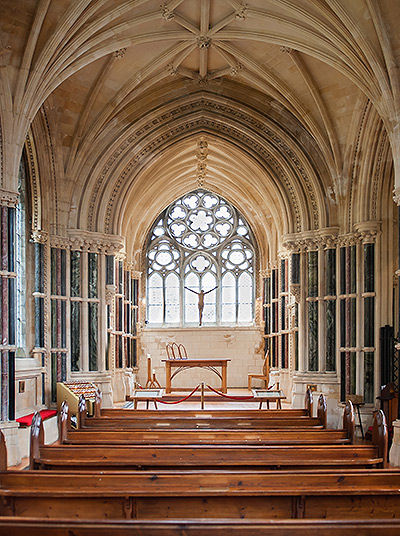
From Castle to Monastery: Kylemore Abbey
On the edge of Connemara National Park lies Ireland’s oldest Benedictine abbey, Kylemore Abbey. This imposing structure on the shores of Lough Pollacappul looks like a cross between an enchanted fairy-tale castle and a Harry Potter film set. It was built in the 19th century by the industrialist Mitchell Henry as a gift to his wife Margaret. After her death, Henry sold the castle and never returned. A small part of today’s abbey is open to the public, while the remaining parts of the property are used exclusively by the nuns.
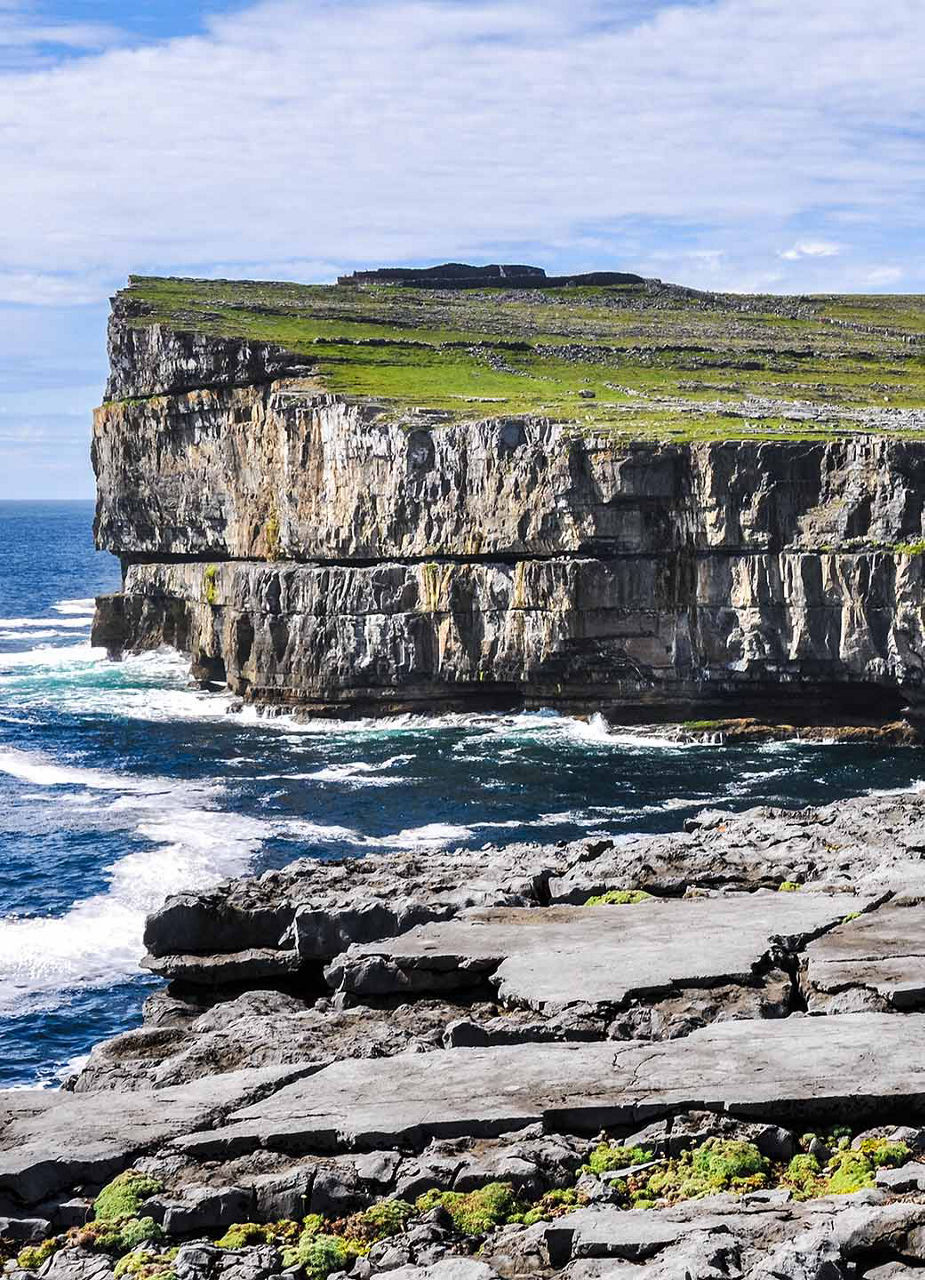
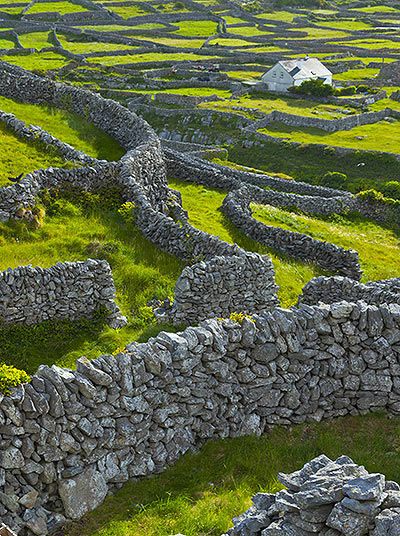
Barren beauty: the Aran Islands
‘Give up Paris. ...Go to the Aran Islands and express a life that has never found expression,’ wrote the Irish William Butler Yeats about the barren limestone islands off Galway Bay. The charm of the islands lies in their stone-walled landscape, prehistoric stone forts (duns), rugged countryside, and their isolation. Even the largest of the Aran islands, Inishmore, has fewer than 1,000 inhabitants. The best way to explore Inishmore is by rental bike or bus as you’re not allowed to take your own car onto the island. Ferry connections are available from Rossaveal (in Gaelic: Ros an Mhíl) and Doolin.
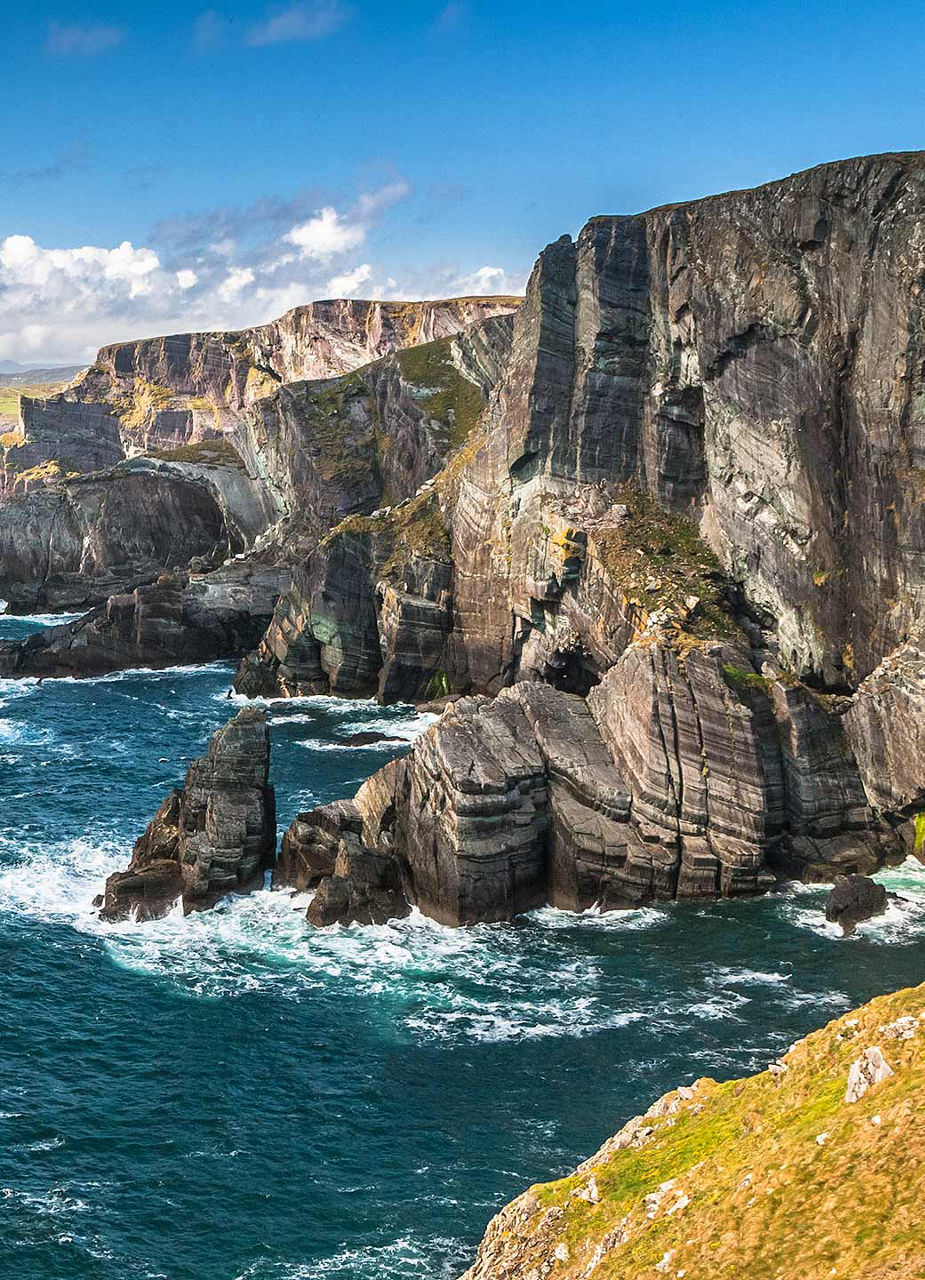
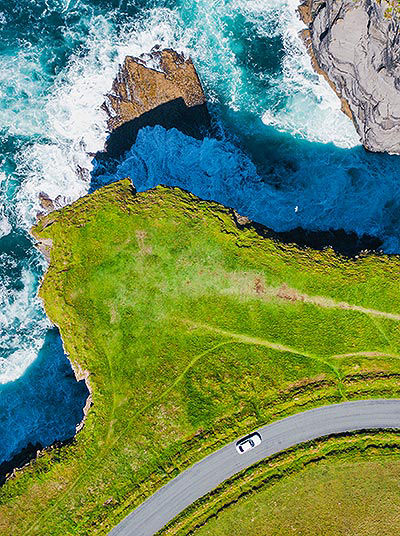
Shaped by the Sea: Wild Atlantic Way
The quickest way from Rossaveal back to Cork airport is 250 kilometres long and takes you across the island’s interior – but we recommend taking a detour: be sure to drive the Wild Atlantic Way, the panoramic road that winds along the entire rugged coast of western Ireland. Make sure to give yourself plenty of time for this leg of the journey as you’ll want to stop every few kilometres to take in the breathtaking views of the shoreline that has been sculpted by the sea including the famous Cliffs of Moher. Take in the steep cliffs, sandy beaches, and picturesque coves of the Dingle Peninsula...
Photo credits
- Header - Photo by Dawid on Adobe Stock
- Paragraph 2 - Photo by Erin on Adobe Stock
- Paragraph 2 - Photo by benedek on Getty Images
- Paragraph 3 - Photo by Thomas Bresenhuber on Shutterstock
- Paragraph 3 - Photo by grafxart8888 on Getty Images
- Paragraph 4 - Photo by Sylvain TANGUY on Adobe Stock
- Paragraph 4 - Photo by Madrugada Verde on Adobe Stock
- Paragraph 5 - Photos by Guinesse Storehouse
- Paragraph 6 - Photo by Louis-Michel DESERT on Adobe Stock
- Paragraph 6 - Photo by Francesco Vaninetti Photo on Getty Images
- Paragraph 7 - Photo by Dawid on Adobe Stock
- Paragraph 7 - Photo by agephotography on Adobe Stock.
- Paragraph 8 - Photo by Noradoa on Adobe Stock
- Paragraph 8 - Photo by JUAN CARLOS MUNOZ on Adobe Stock
- Paragraph 9 - Photo by Monicami on Shutterstock
- Paragraph 9 - Photo by luciann.photography on Shutterstock
